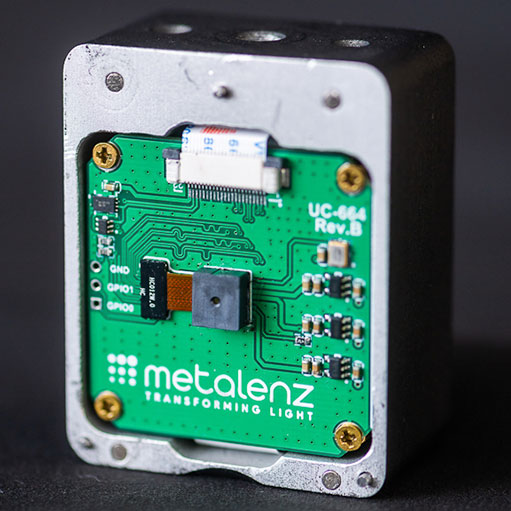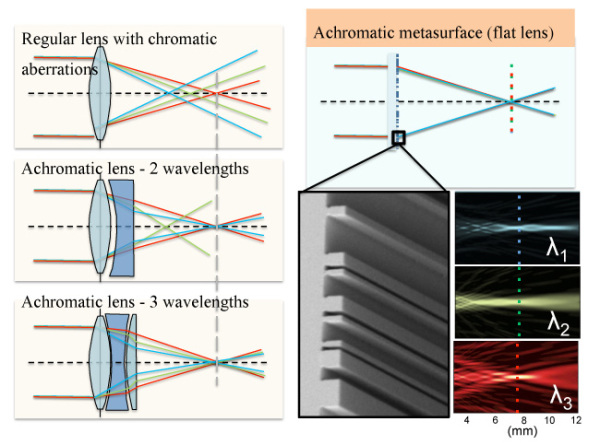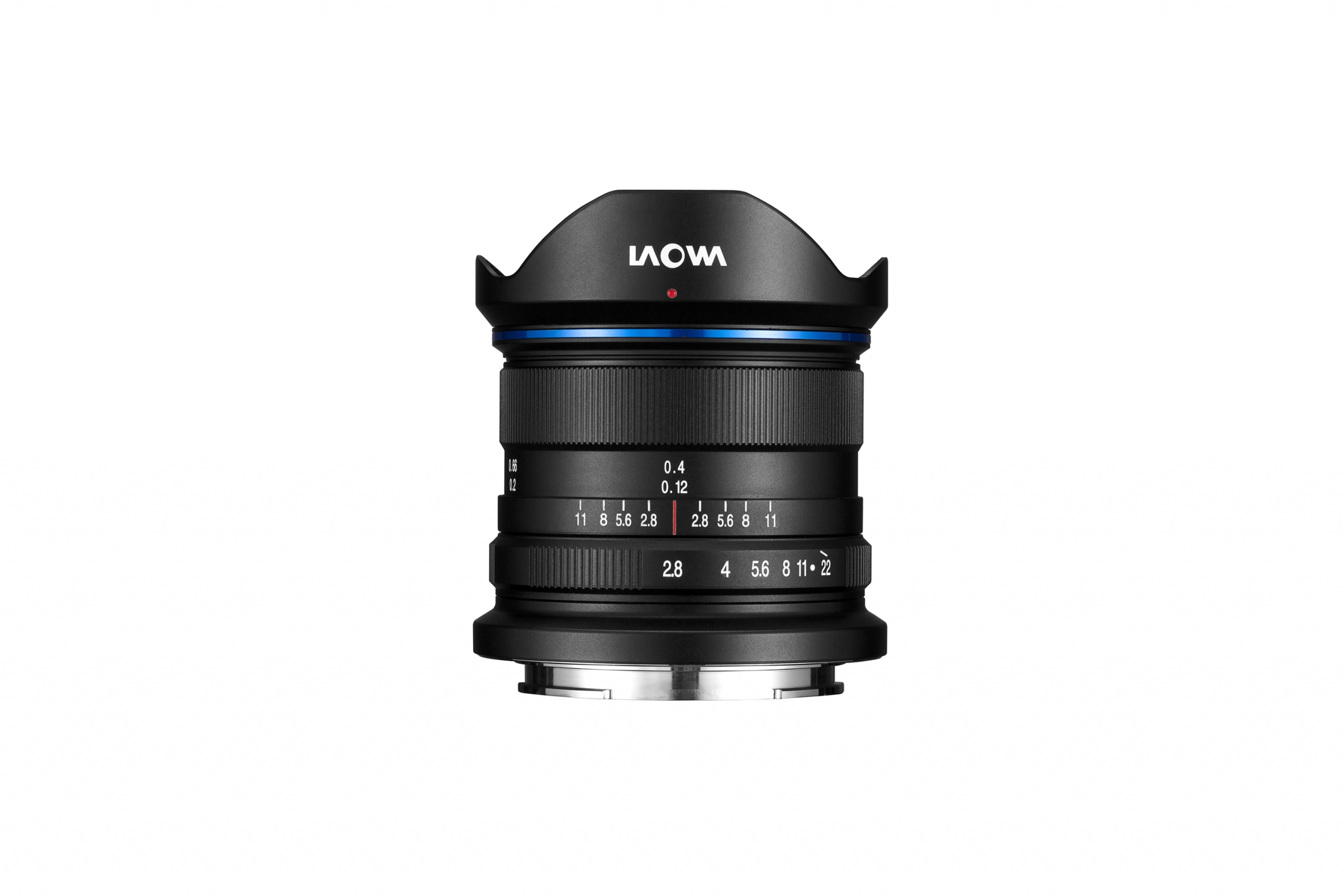[15:51 Tue,9.February 2021 by Thomas Richter] |
Startup Metalenz has emerged from stealth mode four years after its founding to unveil an entirely new lens technology called "optical metasurfaces" for a new type of lens. What makes these new lenses special is that they consist of a single extremely flat surface, rather than multiple lenses in a row like current smartphone lenses. The advantages of the new lenses are their greater luminous intensity due to the elimination of multiple layers of material (glass or plastic) by multiple lenses, their extremely compact and space-saving design, and their coverage of a wider range of wavelengths beyond visible light.  The new technique is based on research by several Harvard University scientists, which we previously reported in 2012  The new ultrathin lenses are between 1x1 and 3y3 millimeters in size and are made of nanostructures of silicone, which are manufactured according to precise calculations and refract light accurately without the optical distortions normally associated with normal lenses. The lenses, which are only 60 nanometers thick, are easy to manufacture and, unlike traditional lenses made of glass, cover a much wider range of wavelengths in the electromagnetic spectrum, allowing them to be used from infrared to terahertz wavelengths, depending on the surface structure. The lenses are manufactured by covering an extremely thin layer of silicon with a gold particle film only nanometers thick, from which V-shaped structures arranged in concentric circles around the center are then milled.These "antennas" then capture the incoming photons and re-emit them with a time delay. The size, angle and spacing of the antennas determine the exact wavelength to which they respond.  Due to the precisely tunable minimum delays that occur when the antennas capture light over the entire surface and then re-emit it shortly thereafter, the direction of the photons is changed, resulting in a lensing effect similar to traditional glass lenses. However, without their distortion of the image, such as blurring at the edge of the image, astigmatism, the fish eye effect, or coma aberrations. The resulting image is perfectly accurate and does not require complex techniques for image correction. As recently as 2015, these nano-antennas could focus flat lenses at only one wavelength, but now they also work for visible polychromatic light, which is composed of different wavelengths. By the end of the year, the new metalent lenses that are expected to be mass-produced will probably hit the market in 2022. It will be possible for smartphones equipped with them to save quite a bit of space and make the lens camera hump, which is now firmly established in current smartphones, disappear with the pleasing effect of flatter devices. The image quality of the new lenses is supposed to be at least equal to that of traditional ones, and they can also be brighter and used for other tasks by covering a wider waveband.  For example, the first Metalenz model (it is not known from which manufacturer) will probably be used for a 3D sensor integrated in a smartphone. If the sensor on the front of the smartphone is used to authenticate the user via Facescan, as is the case with Apple, for example, the new more compact technology can eliminate the notch in the display that was previously necessary for this by placing the camera and sensor under the glass. The new lenses can be used not only in smartphones, but also in AR or VR cameras or in cars. Metalenz lenses could also be used to integrate spectrometers into smartphones, for example for analyzing materials, which would open up completely new areas of application for smartphones. deutsche Version dieser Seite: Metalenz: Neue Nano-Technologie schrumpft Obektive und ermöglicht neue Anwendungen |





